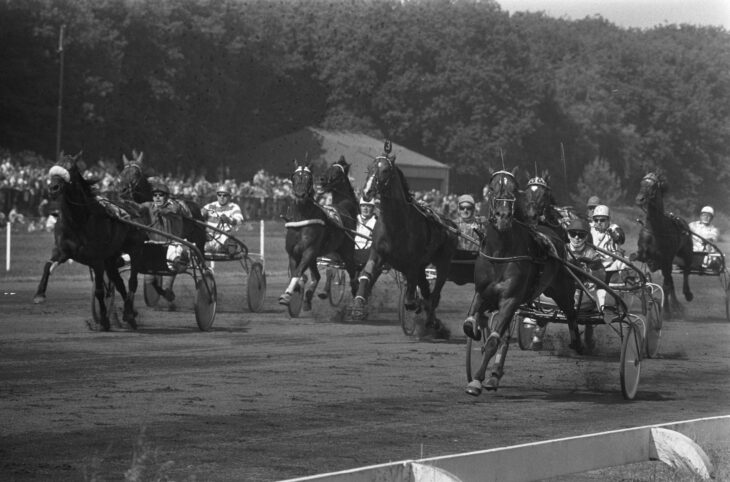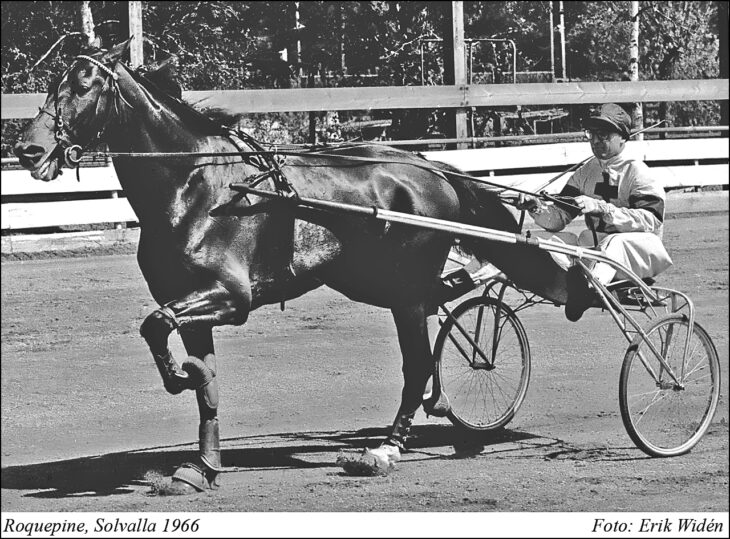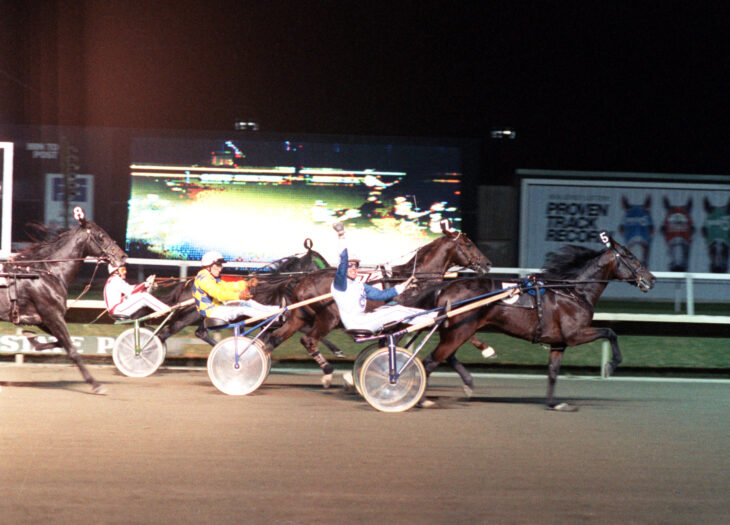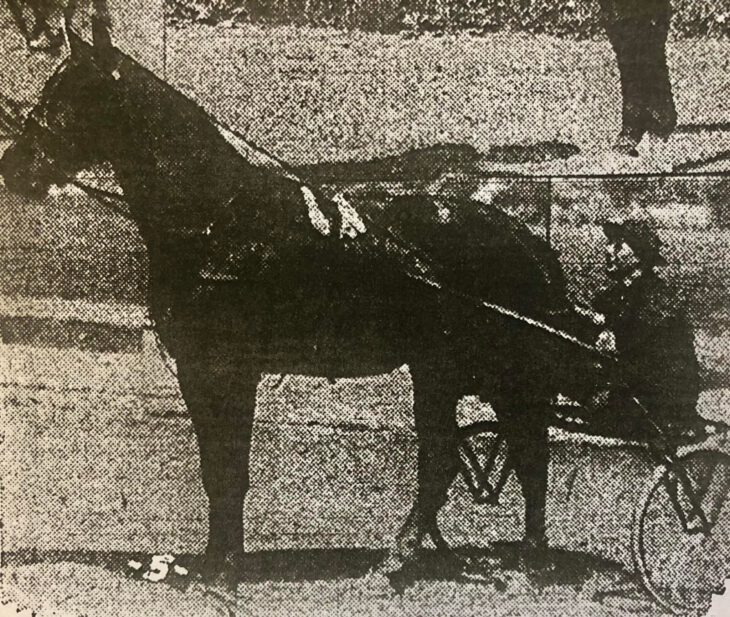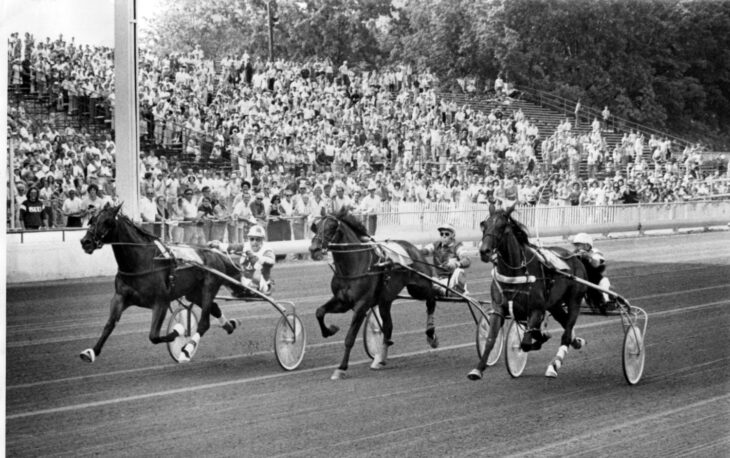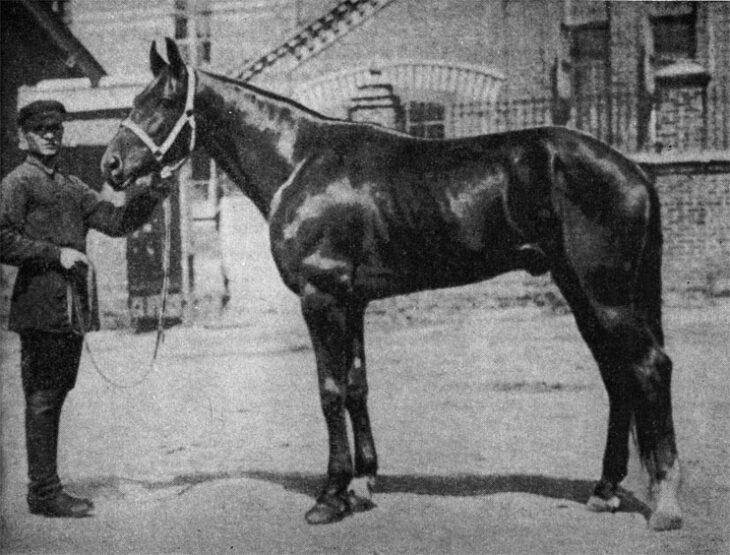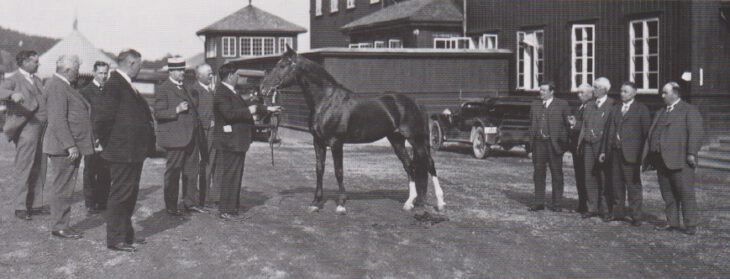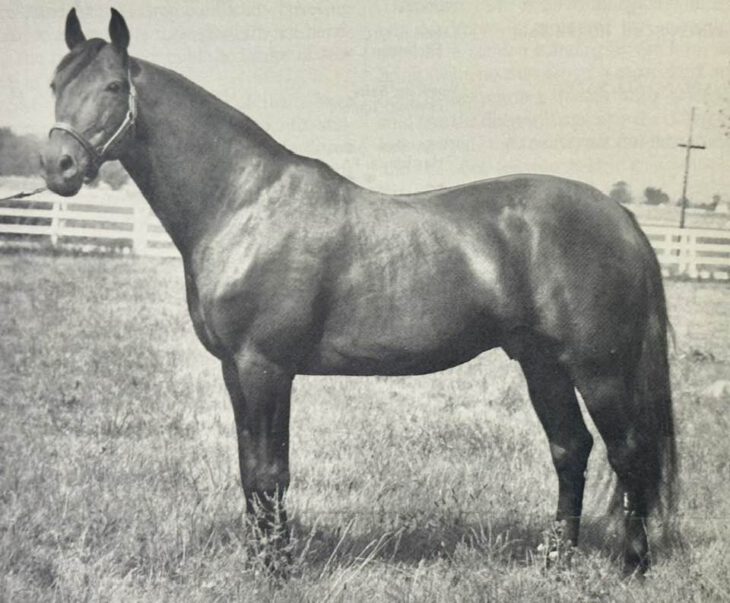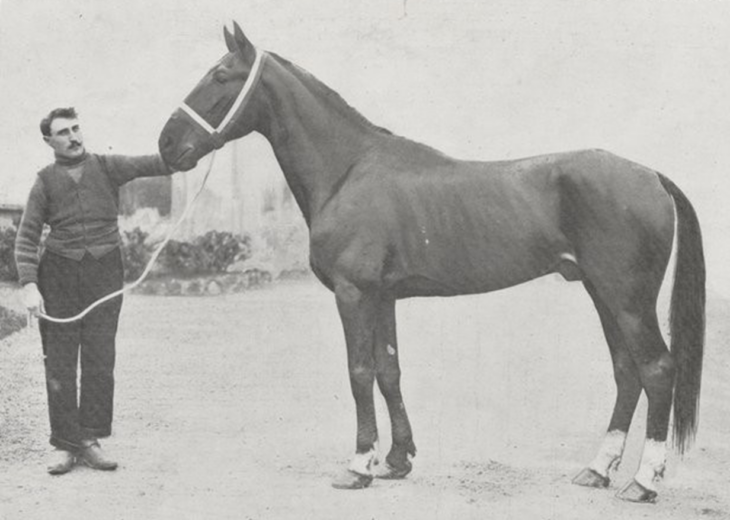In Sweden one horse is, above all, responsible for the growth of harness racing. According to famed trainer Stig-H Johansson, trotting in Sweden has Ego Boy to thank for its popularity. The horse was an unlikely superstar that came from nowhere to become one of the world’s top aged trotters before his unexplainable death while still at the top.
Read MoreEuropean
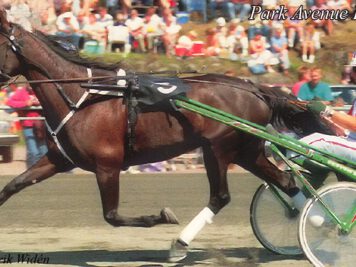
The queen’s terrible demise
She was a really good youngster in the US, winning the Hambletonian Oaks and Kentucky Futurity filly, and blossomed into one of...
Read More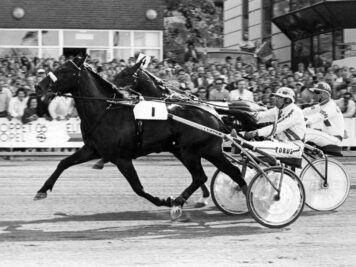
The king of Norway
Throughout history there have been a few select horses that have singlehandedly increased the interest in harness racing and...
Read More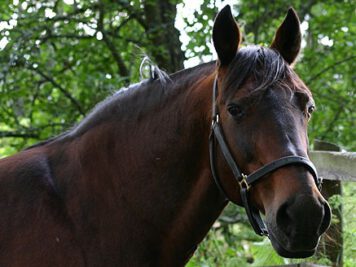
The mythical kick
When Juhani Lagerstam started the Laukko trotting stud farm at Vesilahti in Finland he needed a few stallions to use on his many...
Read More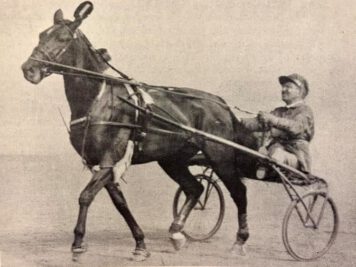
The wedding gift
He was designated as a wedding gift to circumvent export restrictions after WWII, then caused despair when he refused to train...
Read More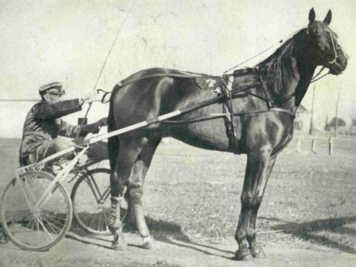
The secret daddy
The expression “Who’s your daddy?” is often used as a claim of dominance. In the case of the 1938 foals of Gäel, a champion...
Read More
The stateless horse
You have horses with great pedigrees, then you have those really blue-blooded horses … and then there is Florestan. Despite being...
Read MoreShe was the undisputed queen, not only of France but the whole world trotting. In fact, she was so superior that she was excluded from the betting in her 1967 Elitlopp elimination! Roquepine won races all over the world, at every track, distance and position. To top it off, she then gave birth to possibly the most influential stallion in French trotting history, Florestan.
Read MoreHe won one of the most prestigious races of all time, then retired to become an elite stallion. His performances in Europe in 1988 are still occasionally talked about by Scandinavian trotting fans who all agree on one thing: there was something really special about Sugarcane Hanover.
Read MoreTo many he appears to be an average American trotter bred to the first French trotting queen. However, the story of Great McKinney is that of a good horse who just needed a bit of time and then flourished in the US before he was sold to France. Together with French trotting queen Uranie he produced two talented trotters who turned out to be excellent stallions with a big legacy.
Read MoreHe was champion stallion for many years, even after his death, in Norway. What many did not know is that he was initially considered a very good trotter in his crop in the US. Senator Ford was practically blind early in life, however, and for welfare reasons was not allowed to race. At stud, however, there was no stopping Senator Ford.
Read MoreThe idea of crossing trotters and pacers is nothing new, and every so often a star trotter with this background emerges. In the 1970s the foremost trotter-pacer cross was Zoot Suit, bred by Norman Woolworth. His oddball pedigree meant he wasn’t an attractive stallion to US breeders upon retirement, but in Sweden he was welcomed with open arm and became a stallion sensation.
Read MoreThe first World War took an especially heavy toll on Ukraine as well as the Russian Empire as almost all horses perished. One US import survived, however, and after the war gave birth to one of a good trotters who turned out to be one of the best stallions ever seen in Eastern Europe. While he was very good on the tracks, as a stallion Gildeets dominated Soviet trotting for many years.
Read MoreThe Norwegian Trotting association started to keep stallion records in 1928, and every year until 1936 the Kentucky-born chestnut stallion The Eno was the undisputed champion. However, the excellent trotter and stallion had a rough start on his career causing wanna-be comedians to suggest the horse shouldn’t be trotting but rather be touring with a circus.
Read MoreThe number of US-born stallions exported to Europe is staggering high, with very few horses going the other way for stallion duty. While some think European-born stallions in the US is a very recent thing, history shows that is not the case. In fact, the first European trotting stallion in the US arrived just a few years after the second World War. The story of Quel Veinard is both strange and fascinating, but more than anything also the story about an almost forgotten horse.
Read MoreThe Franco-American cross is more popular than ever, and many in the US have also recognized the benefits of such a breeding. It’s often said the cross created a new breed (figuratively, not literally) in the 80s and 90s. Though there is some truth to that, the Franco-American cross was very popular much earlier than that. In fact, more than 100 years ago the French trotter (Trotteur Francais) could not compete with neither the American standardbreds nor the Russian orlov trotters. Then came a French-American cross to establish himself as the first French international star.
Read More
